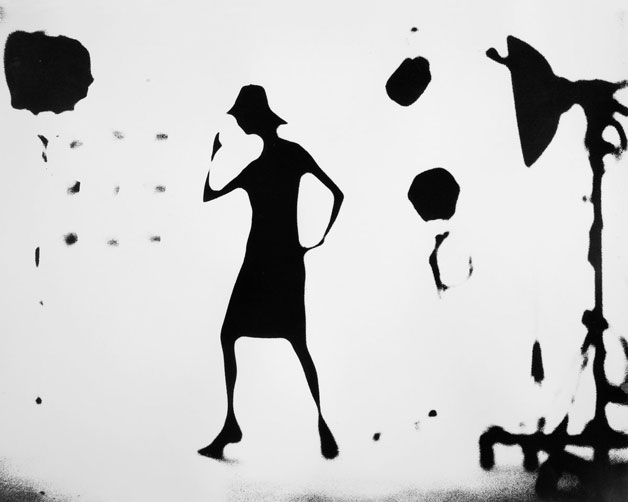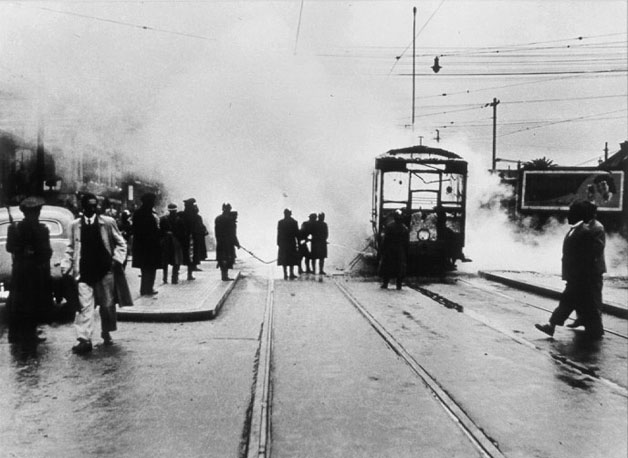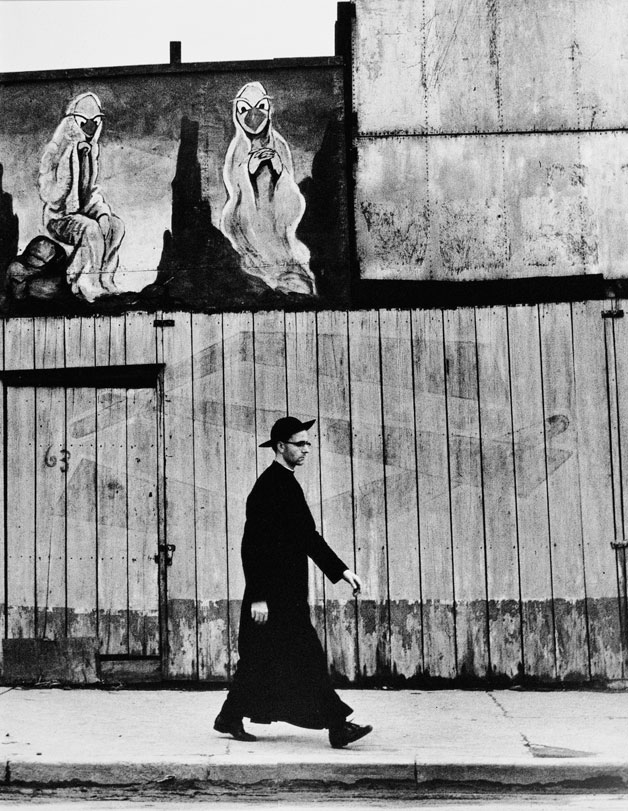German Lorca - Brazilian precursor of reportage photography

German Lorca is a pioneer of reportage photography in Brazil. For over 60 years immortalized the history of São Paulo. His black and white photographs, maintained in a poetic mood, they show the prose of the city life from years ago, in times so different from today.
The 40's of the twentieth century is a period, when modernist photography was born in Brazil. Then a group of people showed up, who created v Sao Paulo an association called Photo Cine Clube Bandeirante. This club was created by both professional photographers, and amateurs. They had access to the then achievements of European and American photography. The decade of the 1940s was characterized by an experimental and abstract approach to photography. They were associated with this group m.in. Thomas Farkas, Geraldo de Barros, Jose Yalenti, José Oiticica Filho I German Lorca. Their main goal was establishing photography as one of the fields of art. In Brazil, photography began to be taken seriously in the second half of the 1960s. It was then that museums and galleries included it in their exhibitions, and critics appreciated its artistic expression.
German Lorca was born 28 house 1922 roku w Sao Paulo. He began to be interested in photography as a young boy, when he was looking with interest in the supplement to the newspaper "Estadão", in which reportage photographs of events in the country were published. In those days, only a few could afford a camera. In his family, this privileged person was his uncle, who will later encourage him to take up photography professionally. Meanwhile, Lorca began studying economics and began training as an accountant. He has been working in this profession since graduation, tj. 1940 do 1952 year. W 1945 years Lorca got married. It was around this time that he bought his first camera, which started his adventure with photography.

Initially, Lorca took pictures of his children. He always carried a camera with him in this regard he also documented it, what was happening in the streets. One of the photos of this type is "Revolta dos Passageiros" from 1947. This photo was taken completely by accident. That day Lorca was going to the employment office and while he was in Place Clóvis (w São Paulo) he saw smoke in the distance, somewhere on Avenida Rangel Pestana, which caught his attention. He walked over to the scene of the incident, where he saw a tram on fire. He took a picture and saved it, without ascribing to it more value.
Over time, Lorca will want to take up photography more professionally. Then he came across Photo‐Cine Clube Bandeirante (FCCB), attended by people from affluent backgrounds: entrepreneurs, lawyers, doctors, engineers with very good photographic equipment. Lorca joined in 1949 year. He combined his working time in Lorca's office with photographic and reporting activities. He worked in a photo agency. He took photos for assignments at weddings, various inaugurations, itp. To, what made him different from other participants, is his commitment to the art of photography. For others, it was only a weekend activity, and he devoted every day to him.
In Foto Clube Lorca met many interesting people, thanks to which his knowledge about the art of photography was enriched. One of them was an American Francis Albuquerque, cooperating, among others. with director Orson Welles. Over time, Lorca gained more and more skills, which translated into numerous awards, not only in Brazil, but also in Argentina, or Switzerland. W 1952 year, he held his first exhibition at the Museu de Arte Moderna de São Paulo. The same year opened his own studio. It was located on Av. Lins de Vasconcelos. From that moment on, the profession of accountant gave way to his photographic enterprise. Then he focused on advertising photography. About 1954 Lorca dropped out of Foto Clube and started working on his own. W 1966 year, he created one in two of the largest advertising photography studios in São Paulo, which Lorca had successfully dealt with until 2003 year.

The artist always repeats the words of Henry Cartier-Bresson, saying that the photographer is not taking the picture, a the photo happens to the photographer, np. when she walks down the street and sees an interesting scene at the right moment, she captures it. One of such street scenes is presented in the photo „Girl in the Rain” z 1951 (Little girl in the rain) made for the Foto Clube competition.
Currently 91 the summer photographer still devotes himself to his favorite occupation. He jokingly says, that he doesn't work that much now, because it's old. He usually takes photos while traveling. He also goes back to places, which he documented, to re-photograph them and thus register the change as it happened there. German Lorca is one of the most distinguished artists for his hometown. His photos are a kind of chronicle, that tell the story of São Paulo themselves.